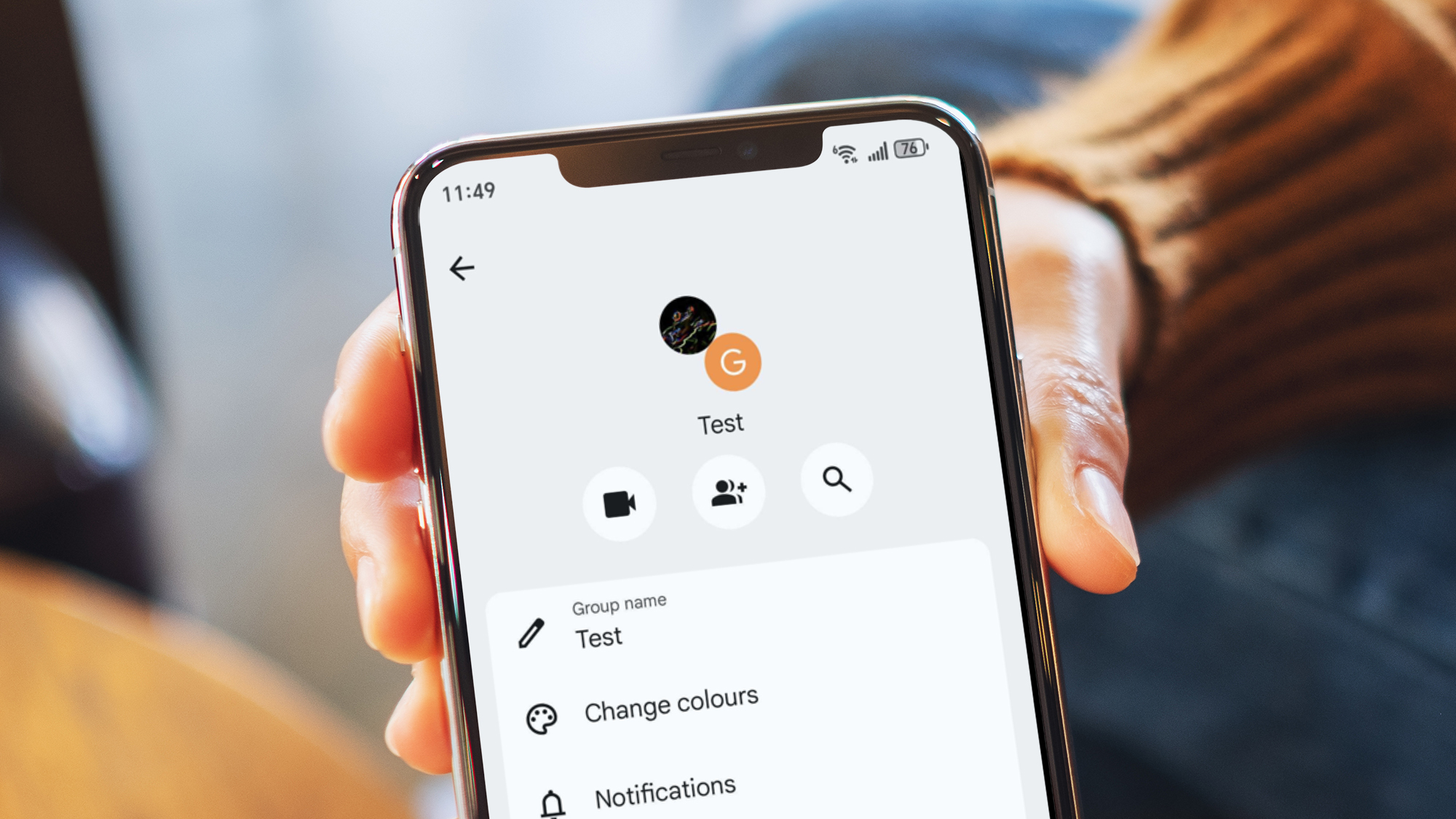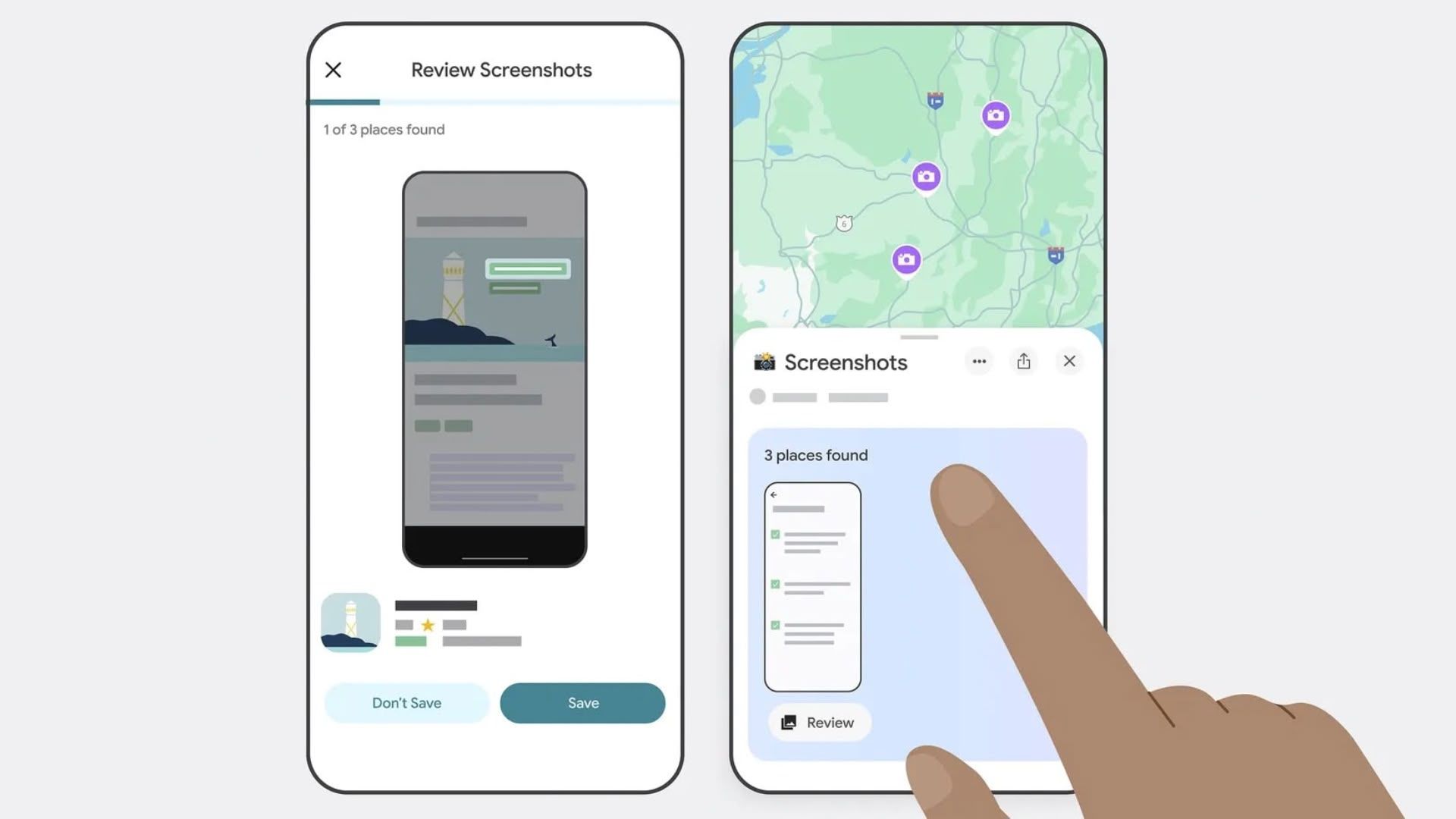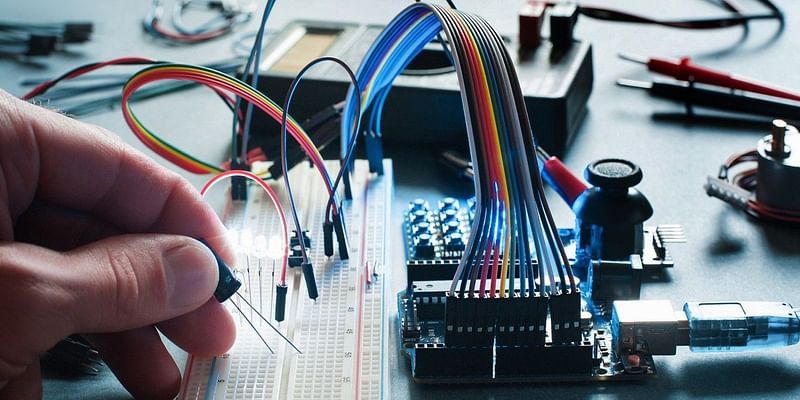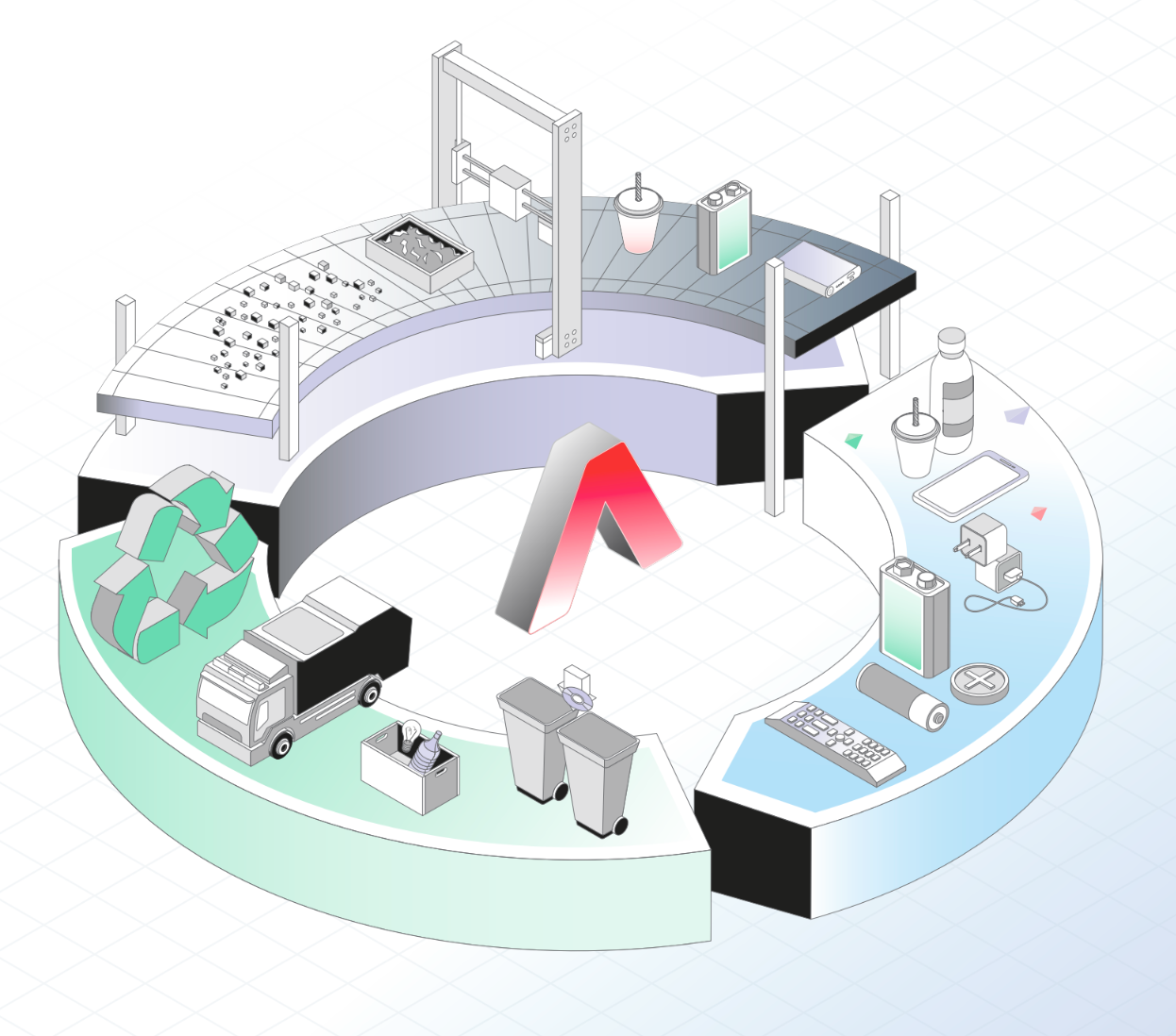Best Practices for PHP Application Monitoring in 2025
In today’s fast-paced digital landscape, ensuring optimal PHP application performance is more critical than ever. With user expectations higher and tolerance for latency lower, development teams must adopt robust PHP performance monitoring strategies to keep their applications running smoothly. As we head deeper into 2025, here are the best practices for PHP application monitoring that can help you stay ahead of performance issues and deliver seamless user experiences. 1. Shift to Proactive Monitoring Traditional reactive monitoring is no longer sufficient. Modern PHP application performance monitoring tools should enable proactive detection of anomalies, slow transactions, and memory leaks before they impact users. Set up smart alerting thresholds and anomaly detection to monitor PHP performance continuously. 2. Embrace End-to-End Observability Beyond just CPU and memory, true PHP observability includes logs, metrics, traces, and user behavior. With distributed systems becoming the norm, understanding the full lifecycle of a request across services is essential. Choose PHP monitoring tools that support distributed tracing and integrate with the wider ecosystem via OpenTelemetry. 3. Prioritize Real User Monitoring (RUM) Combine server-side insights with client-side performance using RUM. This provides context around how real users experience your PHP app under different network conditions, devices, or regions—critical for tuning performance where it matters most. 4. Track Key Application Metrics Identify and monitor the KPIs that impact user experience and business outcomes, such as: Slowest database queries Throughput and error rate Memory and CPU usage Response time by route Use a PHP APM tool to automate the collection and analysis of these metrics. 5. Monitor Third-party Dependencies Many PHP applications rely heavily on APIs and third-party services. Performance bottlenecks often stem from these integrations. Ensure your PHP application monitoring tools can track external calls and highlight dependencies affecting app performance. 6. Automate Performance Regression Checks Integrate performance monitoring with your CI/CD pipeline. Automatically check for regressions after every deployment to ensure that new code doesn’t degrade PHP application performance. 7. Ensure Security and Compliance Monitoring In 2025, PHP application performance management also means staying compliant with data regulations (e.g., GDPR, HIPAA). Choose monitoring tools that ensure data privacy while still offering in-depth observability. Recommended PHP Monitoring Tool for 2025: Atatus If you're looking for a comprehensive, lightweight, and developer-friendly PHP monitoring tool, Atatus is a top choice. Atatus offers: Full-stack PHP application performance monitoring Real-time alerts and dashboards Automatic instrumentation with OpenTelemetry support Visual distributed tracing and RUM integration Affordable, scalable pricing for growing teams Atatus makes it simple to gain end-to-end visibility into your PHP application, so you can ship faster and fix issues before users even notice. Start monitoring your PHP app the smart way in 2025. Explore Atatus today!
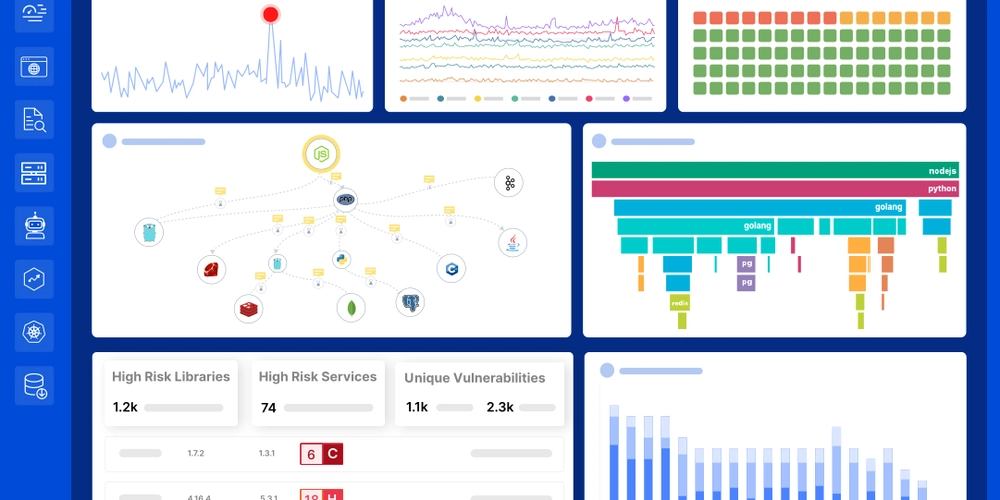
In today’s fast-paced digital landscape, ensuring optimal PHP application performance is more critical than ever. With user expectations higher and tolerance for latency lower, development teams must adopt robust PHP performance monitoring strategies to keep their applications running smoothly. As we head deeper into 2025, here are the best practices for PHP application monitoring that can help you stay ahead of performance issues and deliver seamless user experiences.
1. Shift to Proactive Monitoring
Traditional reactive monitoring is no longer sufficient. Modern PHP application performance monitoring tools should enable proactive detection of anomalies, slow transactions, and memory leaks before they impact users. Set up smart alerting thresholds and anomaly detection to monitor PHP performance continuously.
2. Embrace End-to-End Observability
Beyond just CPU and memory, true PHP observability includes logs, metrics, traces, and user behavior. With distributed systems becoming the norm, understanding the full lifecycle of a request across services is essential. Choose PHP monitoring tools that support distributed tracing and integrate with the wider ecosystem via OpenTelemetry.
3. Prioritize Real User Monitoring (RUM)
Combine server-side insights with client-side performance using RUM. This provides context around how real users experience your PHP app under different network conditions, devices, or regions—critical for tuning performance where it matters most.
4. Track Key Application Metrics
Identify and monitor the KPIs that impact user experience and business outcomes, such as:
- Slowest database queries
- Throughput and error rate
- Memory and CPU usage
- Response time by route
Use a PHP APM tool to automate the collection and analysis of these metrics.
5. Monitor Third-party Dependencies
Many PHP applications rely heavily on APIs and third-party services. Performance bottlenecks often stem from these integrations. Ensure your PHP application monitoring tools can track external calls and highlight dependencies affecting app performance.
6. Automate Performance Regression Checks
Integrate performance monitoring with your CI/CD pipeline. Automatically check for regressions after every deployment to ensure that new code doesn’t degrade PHP application performance.
7. Ensure Security and Compliance Monitoring
In 2025, PHP application performance management also means staying compliant with data regulations (e.g., GDPR, HIPAA). Choose monitoring tools that ensure data privacy while still offering in-depth observability.
Recommended PHP Monitoring Tool for 2025: Atatus
If you're looking for a comprehensive, lightweight, and developer-friendly PHP monitoring tool, Atatus is a top choice. Atatus offers:
- Full-stack PHP application performance monitoring
- Real-time alerts and dashboards
- Automatic instrumentation with OpenTelemetry support
- Visual distributed tracing and RUM integration
- Affordable, scalable pricing for growing teams
Atatus makes it simple to gain end-to-end visibility into your PHP application, so you can ship faster and fix issues before users even notice.
Start monitoring your PHP app the smart way in 2025. Explore Atatus today!









































































































































































![[The AI Show Episode 146]: Rise of “AI-First” Companies, AI Job Disruption, GPT-4o Update Gets Rolled Back, How Big Consulting Firms Use AI, and Meta AI App](https://www.marketingaiinstitute.com/hubfs/ep%20146%20cover.png)










































































































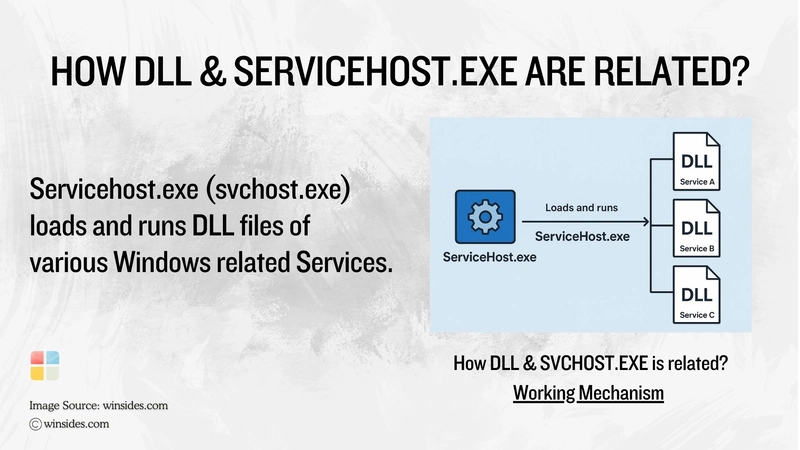
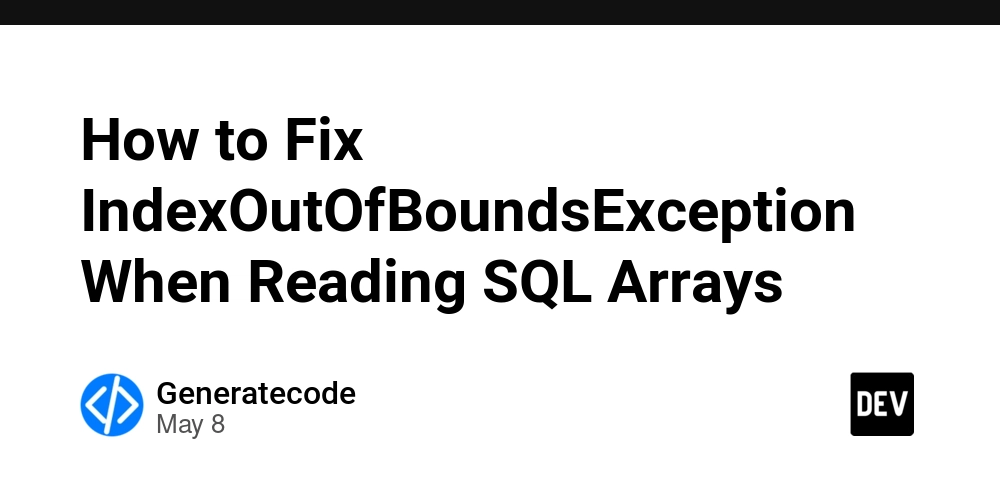













![[DEALS] The Premium Python Programming PCEP Certification Prep Bundle (67% off) & Other Deals Up To 98% Off – Offers End Soon!](https://www.javacodegeeks.com/wp-content/uploads/2012/12/jcg-logo.jpg)







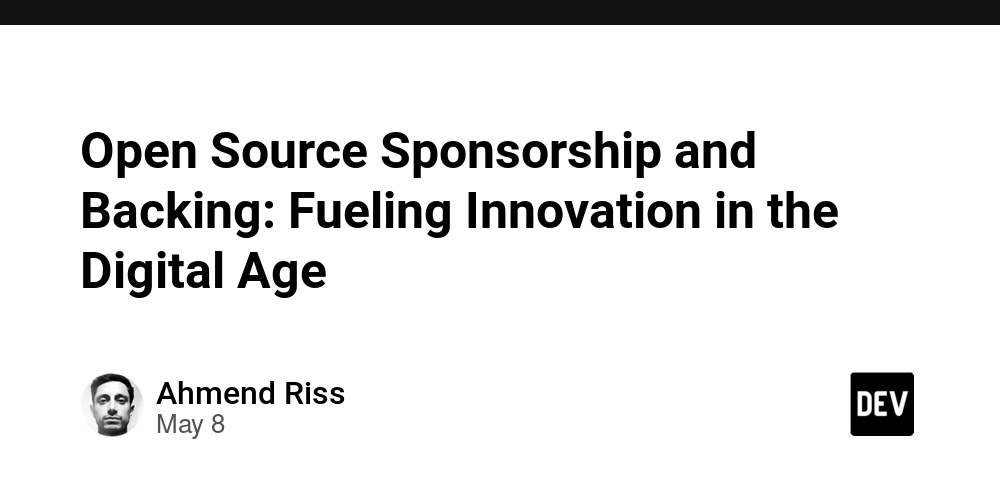









































































































































































































































![Honor 400 series officially launching on May 22 as design is revealed [Video]](https://i0.wp.com/9to5google.com/wp-content/uploads/sites/4/2025/05/honor-400-series-announcement-1.png?resize=1200%2C628&quality=82&strip=all&ssl=1)













![Beats Studio Pro Wireless Headphones Now Just $169.95 - Save 51%! [Deal]](https://www.iclarified.com/images/news/97258/97258/97258-640.jpg)

















